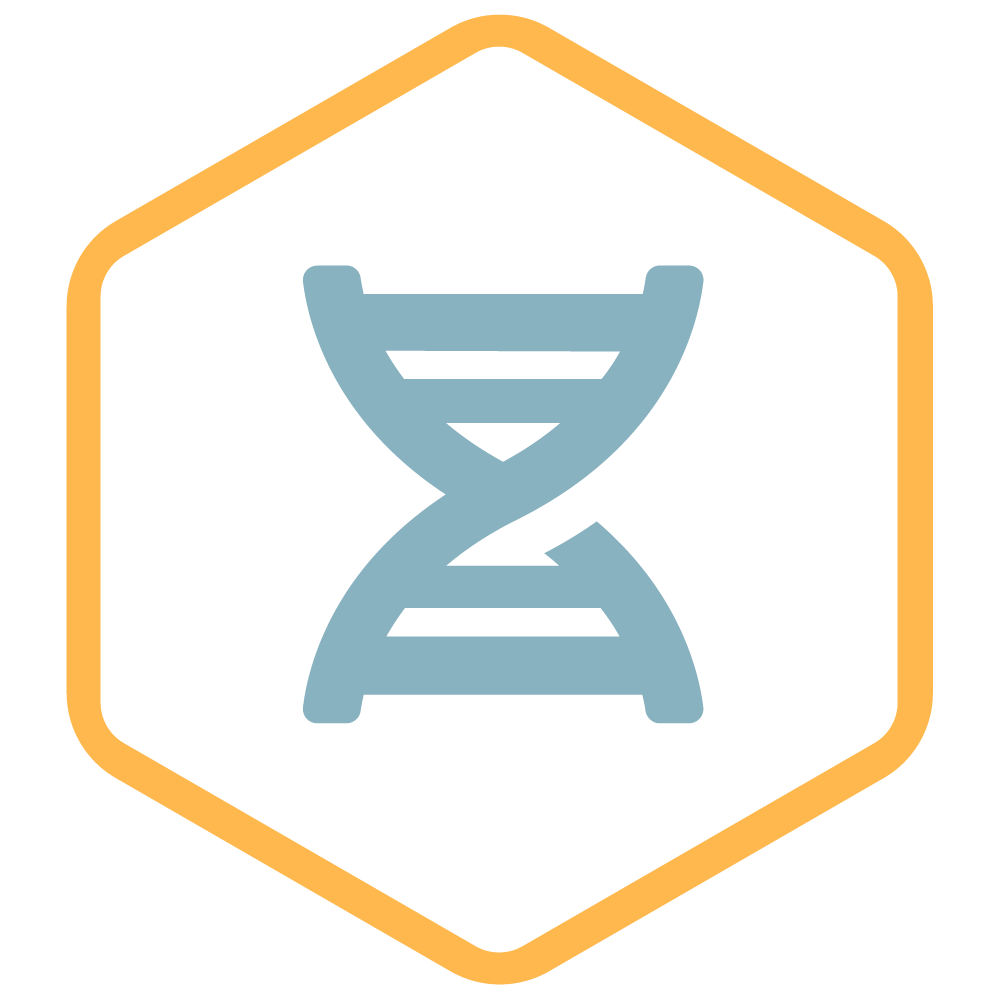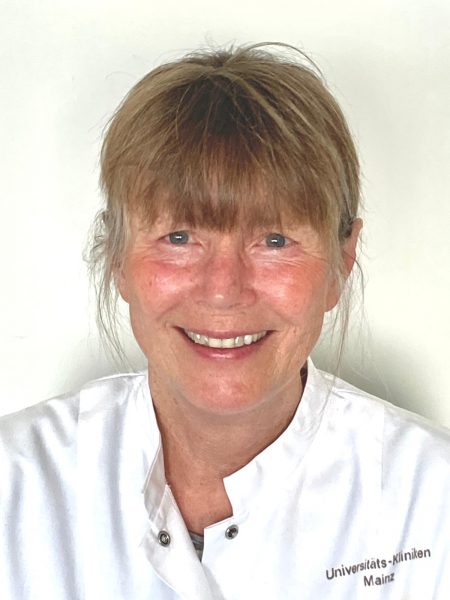
Relationship test
Siblings / half-siblings DNA test
Do you have questions about unresolved family relationships? Dr. Schacker and Ms. Schneider will be happy to help you: ☎ 06131-720620
In the meantime, unclear family relationships can be reliably clarified in many cases. It is very important for the data analysis that it is clarified as precisely as possible in advance which relationships between the persons are to be examined and which persons are available for the test. Please contact us on 06131-720620 or at info@galantos.de, we will be happy to advise you on your individual questions.
A common question between two siblings, for example, is whether they are full or half siblings, i.e. whether they have a common father or different fathers.
The two hypotheses “full siblings” or “half siblings” are set up and the respective probability for each hypothesis is calculated using the genetic data.
If probability values are obtained that do not allow a clear statement to be made (this is particularly the case with more complicated, i.e. more distant relationships such as grandparents / grandchildren or cousins / cousins), the inclusion of further persons can lead to a clearer result. Investigating paternity between cousins almost always requires the involvement of other people from the family tree to obtain a clear result.
Other, more complex kinship analyses almost always require the examination of 3 or more persons.
Order a free DNA test kit for kinship verification
Please contact us on 06131-720620 or at info@galantos.de, we will be happy to advise you on your individual questions. You will only incur costs if you return the test set to us and make use of our service. These are €243 per person for almost all kinship tests. Please contact us for an individual price offer.

Example of the procedure for a DNA sibling test:
In the case of a so-called sibling test, this is usually an indirect paternity test. Ideally, the mother of the siblings should also be included in the test if she is available for the examination. Testing a third sibling can also increase the certainty of obtaining a clear result.
The analysis can then be used to determine whether the persons are full siblings or half-siblings, or whether they are not related to each other.
The examination of a brother or sister of the father is another possibility to clarify a questionable paternity if the father himself is not available. Here, too, the clarity of the result is improved by including the mother. Paternity can also be established indirectly by examining the grandfather and grandson, for example. It is advisable to also test the grandmother and / or mother of the grandchild.
Example calculation:
Three hypotheses are put forward:
- The two people examined are full siblings
- The two people examined are half-siblings,
- The two people examined are not related
Result:
The evaluation can be as follows: 99.999 % for hypothesis 1 – full siblings; 0.001 % for hypothesis 2 – half siblings and 0.0 % for hypothesis 3 – unrelated.
Result interpretation:
In this case, it can be assumed that the persons examined are full siblings.
If probability values are obtained that do not allow a clear statement to be made (which is not impossible), consulting other people can lead to a clearer result. The indirect investigation of paternity via cousins generally requires the inclusion of other persons from the family tree in order to obtain a clear result.
Other, more complex kinship analyses almost always require the examination of 3 or more persons.
Procedure of the relationship test

1. after the consultation, you order the collection kit by telephone or online; you can also make an appointment for collection directly in the laboratory. We would therefore ask you to get in touch with us.

2. take the SEALED blue envelope (collection kit) to a neutral witness who will take the sample. The test kit comes with a card indicating who is a potential witness. We would also be happy to advise you on this. For a DNA report for official purposes, we recommend having the sample taken by a doctor or by our laboratory.

3 . please bring your ID and, in the case of children, the birth certificate or a copy of it with you to the collection. This data is entered by the witness on the form for proof of identity and copies of the ID and birth certificate (for the child) are attached.

4 . the declaration of consent is signed by all adult test subjects; in the case of underage children, the signature of all legal guardians is required.

5. the samples are taken in the form of an oral swab, the swabs are included in the collection kit. The collection kit contains sachets with 2 DNA-free cotton swabs each.

6. the return to our laboratory is made BY THE DECISION-MAKING PERSON, e.g. by the doctor, the pharmacy or an authority.
Frequently asked questions about the relationship test
On the basis of a family tree provided by the test subjects, hypotheses
and their percentage probability values calculated. It is therefore important that the
as precisely as possible in the run-up to the project, which relationships between the
persons and which persons are available for the test.
The following can be clarified: Paternity, maternity, half-siblings, full siblings, uncle, aunt, nephew, niece, grandparents, cousin, cousin. The indirect investigation of paternity via cousins generally requires the inclusion of other persons from the family tree in order to obtain a clear result. Other, more complex kinship analyses almost always require the examination of 3 or more persons.
The more extensive the information you provide in advance about the
relationship, the more precisely we can analyze the hypotheses in question.
which are then compared with each other on the basis of the genetic data. For example
It is always important to know whether the relationship is through the paternal or maternal line.
exists.
A detailed family tree is absolutely necessary for the probability calculation!
It may also be important to know whether other persons are available for the analysis.
are available.
Before the analysis begins, the family trees you have specified or described are analyzed.
Relationships checked. If any information is missing or unclear, we will
We will be happy to contact you personally for further clarification.
The methods used today can also be used to investigate more complex family relationships, such as between uncle and nephew, grandmother and grandson or siblings.
It is always important that we discuss your case in detail in advance. We clarify which people should be included in the analysis and what the chances are of obtaining a meaningful result. Simply give us a call with no obligation.
If the person has only recently died, it may be possible for a sample to be taken, for example by the funeral home. Test materials such as blood samples may also be available. In these cases, we require a copy of the death certificate and the consent of the person(s) entitled to death.
Alternatively, relatives of the deceased person (other children, parents, siblings) can also be examined if they are available.
To discuss your case individually, simply give us a call and we will clarify what the best course of action is.

Do you have any further questions?
Can’t find an answer to your question? No problem!
We will be happy to help you personally with your question. Please use the following button to access our contact form. Here you will find information on the various contact options. We look forward to seeing you!
Your Dr. Ulrike Schacker.
